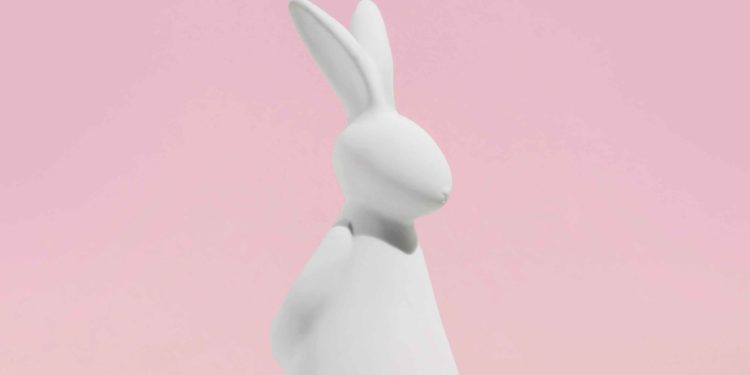The Easter Bunny first arrived in America in the 1700s with German immigrants who settled in Pennsylvania and brought their traditions with them. The Osterhase, or Easter Hare, would lay colored eggs and children would make nests for them, which evolved into the baskets we use today. The decoration of eggs is believed to date back to the 13th century, while the rite of the Easter parade has even older roots. Easter is a religious holiday, but some of its customs are likely linked to pagan traditions. The egg, an ancient symbol of new life, has been associated with pagan festivals celebrating spring. A pagan holiday that fell around the time of the vernal equinox celebrated the German fertility goddess Easter. Her symbol was the hare, for obvious reasons.
For Christians, Easter eggs are said to represent Jesus’ resurrection.
One explanation for boiling and decorating eggs is that eggs, along with all other dairy products, were forbidden during Lent. Families prepared them in anticipation of their holiday feast on Easter.
In other countries, Easter eggs are delivered by other means. French children get their treats from Easter bells. According to Catholic teachings, no church bells can ring between Holy Thursday and the Easter Vigil because of the somber feelings around Jesus’ death. A legend arose from this, that the church bells grew wings and flew to Rome to be with the Pope. They returned on Easter Day with chocolates, eggs and presents for local children.
Rabbit-free Australia launched a campaign in 1991 to replace the Easter Bunny with a bilby, a rabbit-eared bandicoot. Companies now make chocolate-shaped bilbies for Easter, with proceeds going to protect endangered animals, the bilby being one of them.
In Switzerland, children fill their baskets on Easter morning with eggs left by the Easter Cuckoo. (It makes sense for eggs to come from birds rather than bunnies, right?)
No matter how you celebrate, may you find something wonderful in your “nest”!









